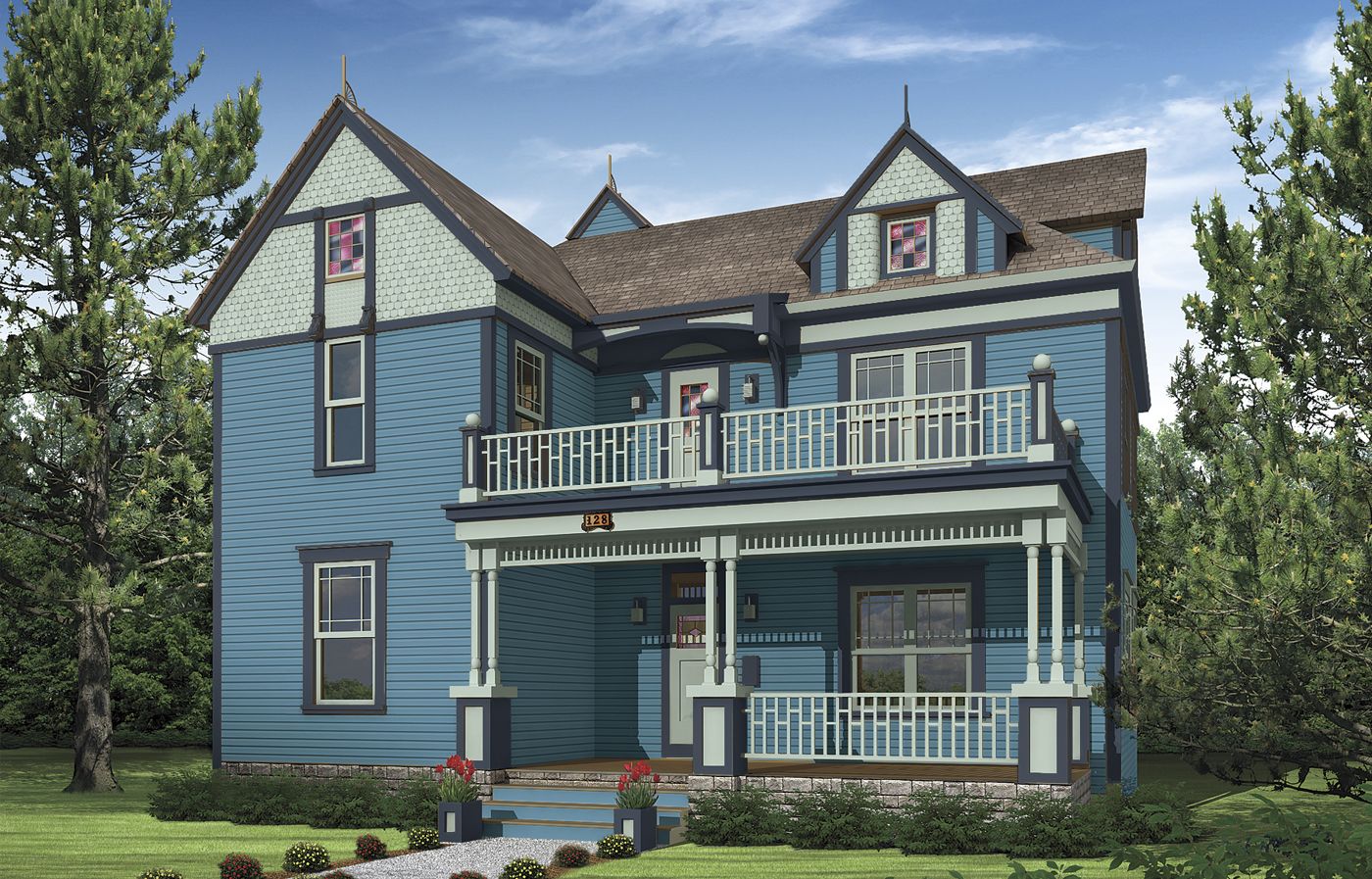Folk Victorian homes are beloved for their charming architectural details and historical significance. However, many homeowners struggle to balance preserving their home’s character while updating it for modern living. This article explores how to breathe new life into a Folk Victorian home, using a real-life example from Wichita, Kansas. Here, we discuss various improvements to enhance curb appeal and functionality while respecting the home’s heritage.
Before Updating a Folk Victorian Home
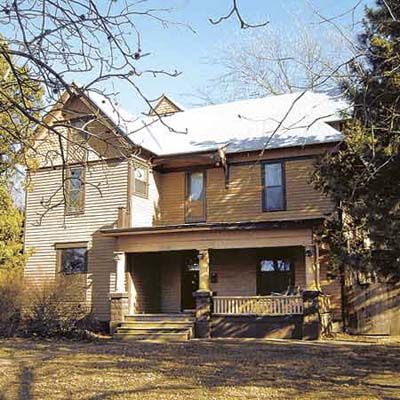
“We love our Folk Victorian, but we want to give it more of a period look,” says Benjamin Terrill, who lives in this west-facing, 3,600-square-foot house in Wichita, Kansas, with his wife Holly and daughter Madeline. The Terrills’ home, built in 1880 with later additions, has good proportions but lacks some distinctive features that make Folk Victorians stand out. The existing architecture feels somewhat plain and doesn’t fully capture the rich, ornamental style typical of the era.
To address these concerns, Chicago architect David Raino-Ogden was consulted for expert advice. He noted that while the house had a solid foundation, “the porch feels heavy and disconnected from the style of the house.” This observation highlights a common issue with many Folk Victorian homes that have undergone modifications over the years. Raino-Ogden also pointed out the lack of symmetry that is crucial to Victorian aesthetics.
After: Reclaimed Home Heritage
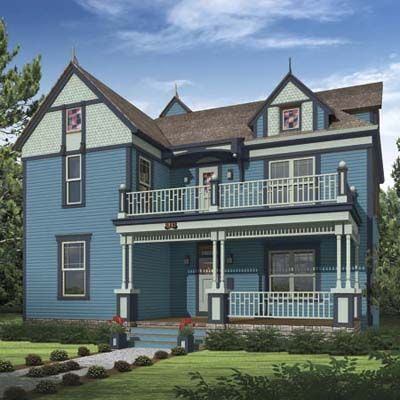
To remedy the issues with the exterior and reclaim the home’s heritage, Raino-Ogden suggested several key improvements:
- Replace the sturdy porch columns with slender wood ones featuring paneled bases.
- Disguise the foundation with low shrubs to lighten the overall appearance.
- Rebuild the second-floor captain’s walk for both aesthetic appeal and functionality.
- Add decorative elements such as roof spires, porch-post finials, and a spandrel.
- Implement a blue-gray color scheme for a fresh yet period-appropriate look.
These changes would not only enhance the home’s Victorian character but also provide practical benefits. For instance, the rebuilt captain’s walk would offer the Terrills a spot to enjoy sunset views of the nearby river. The decorative elements would bring out the intricate craftsmanship, making the home a true representation of Victorian style.
Benjamin Terrill responded enthusiastically to these suggestions, saying, “We can implement many of these ideas. Thank you!” This positive reaction underscores the importance of thoughtful, style-appropriate renovations in preserving and enhancing historical homes. The proposed transformations would ensure the house stands out in the neighborhood while maintaining its historical integrity.
Distinctive Dormer
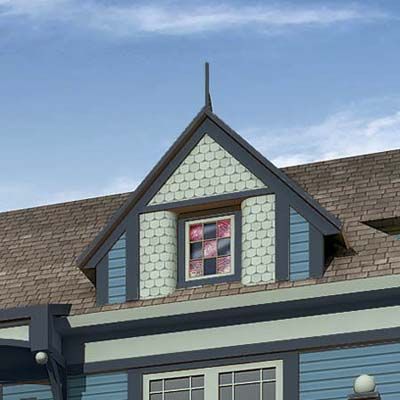
A key addition to the home’s facade is a dormer with stained glass, which balances the existing gable on the house’s left side. This architectural element not only adds visual interest but also increases the home’s symmetry, a crucial aspect of Victorian design. The stained glass window introduces a pop of color and artistry, further emphasizing the home’s period charm. Intricately designed stained glass windows were a hallmark of Victorian homes, often depicting floral or geometric patterns that elevate the overall aesthetic.
Perfect Porch
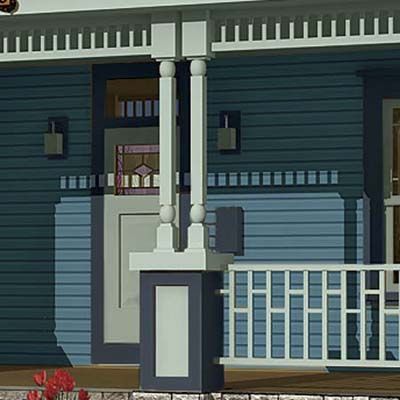
The porch transformation is a central element of the home’s makeover. By swapping sturdy columns for slender ones with paneled bases, the porch becomes more in keeping with the home’s Folk Victorian design. This change dramatically lightens the appearance of the front facade, creating a more welcoming entrance. The new columns also provide an opportunity to showcase intricate woodwork, a hallmark of Victorian architecture. Adding a few ornamental brackets can further enhance this area, making the porch an inviting focal point of the house.
The Right Rail
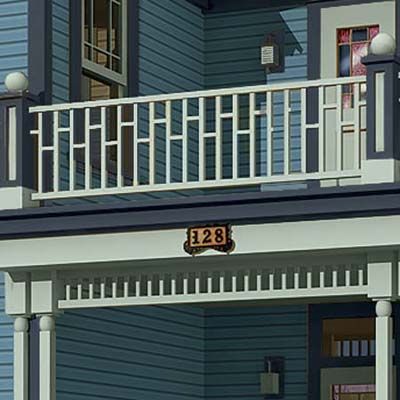
Adding a spandrel rail with turned spindles gives the first-floor porch more definition and detail. This decorative element not only enhances the home’s Victorian character but also provides a safety feature for the porch. The intricate design of the spindles adds visual interest and demonstrates the level of craftsmanship associated with the Victorian era. You can complement the spandrel rail with matching corner brackets to complete the look and ensure continuity in design elements throughout the porch area.
Captain’s Walk
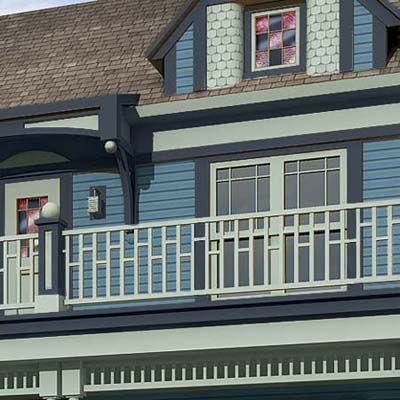
The rebuilt second-floor captain’s walk is both a functional and aesthetic improvement. This feature allows the homeowners to enjoy views of the river across the street from their house, adding value to their daily living experience. Historically, captain’s walks were used to observe incoming ships, but in this context, it serves as a charming outdoor space that enhances the home’s period authenticity. A captain’s walk can also provide a unique spot for relaxation and social gatherings, connecting indoor and outdoor living spaces seamlessly.
Fish-Scale Shingles
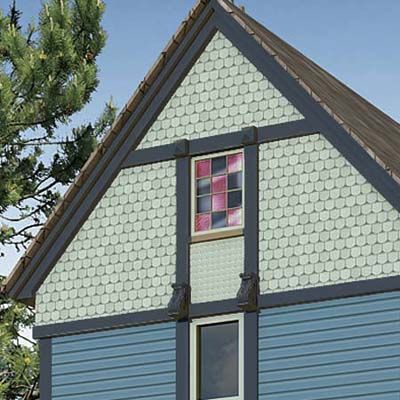
Half-round shingles on the facade, commonly known as “fish-scale,” are a classic Victorian design element. These decorative shingles add texture and visual interest to the home’s exterior, breaking up large expanses of siding. They’re typically used in gables or as accent bands, contributing to the ornate appearance that defines Victorian architecture. Opting for durable, modern materials that mimic this traditional look ensures longevity while maintaining the historical charm.
Soften Stone Foundations
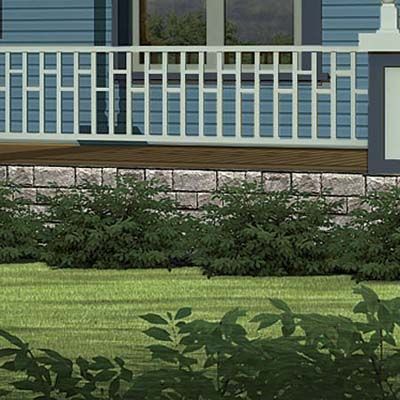
Low-growing shrubs are an effective way to disguise and soften a stone foundation. This landscaping technique not only improves the home’s curb appeal but also helps to visually connect the house to its surroundings. Choosing period-appropriate plants can further enhance the Victorian garden aesthetic. Opt for plants such as boxwood, hydrangea, and lady’s mantle, popular during the Victorian era, to seamlessly integrate the landscaping with the architectural style.
Beautiful Border
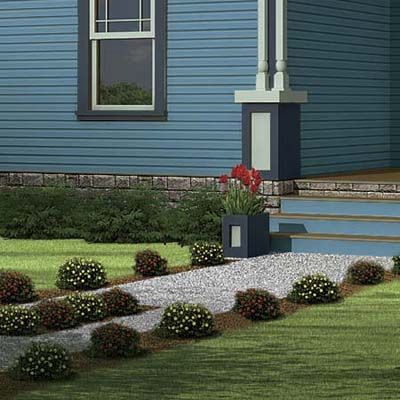
A walkway lined with plantings creates a more welcoming approach than the typical “asphalt ribbon” leading to the front steps. This landscaping feature not only enhances the home’s curb appeal but also provides an opportunity to showcase Victorian-era plants and garden design. A well-planned border can frame the house beautifully and create a seamless transition from the street to the front door. Plants such as peonies, lavender, and roses were common in Victorian gardens and can add both color and fragrance to the home’s entrance.
Finishing Touches: Paint
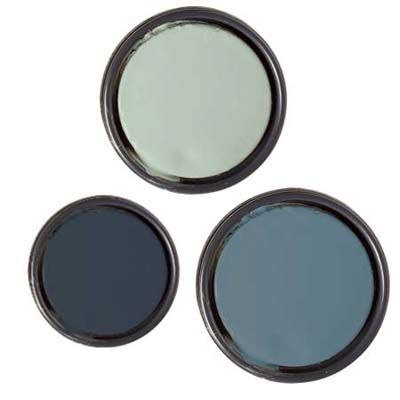
Shades of blue create an unfussy vibe while remaining true to Victorian color palettes. The chosen Benjamin Moore paint allows homeowners to achieve a period-appropriate look without breaking the bank. When selecting paint colors for a Folk Victorian, it’s important to consider historical accuracy while also accommodating personal preferences and neighborhood aesthetics. Accent colors, such as cream or darker blue, can be used for trim and details, creating a cohesive and appealing color scheme.
Finishing Touches: Address Plaque
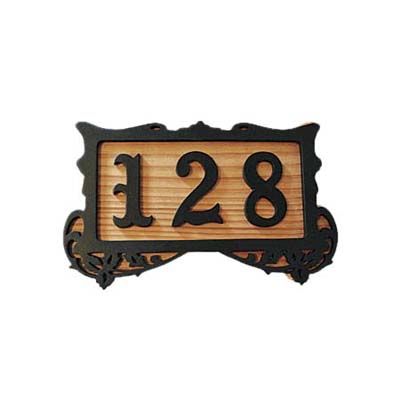
Wood ornaments such as these address plaques were first mass-produced around the time they built this house. These details add authenticity to the home’s exterior. Address plaques not only serve a practical purpose but also contribute to the overall Victorian aesthetic, showcasing the intricate woodwork typical of the era. They can be customized with ornate fonts and embellishments to enhance the historical feel.
Finishing Touches: Spandrel Rail
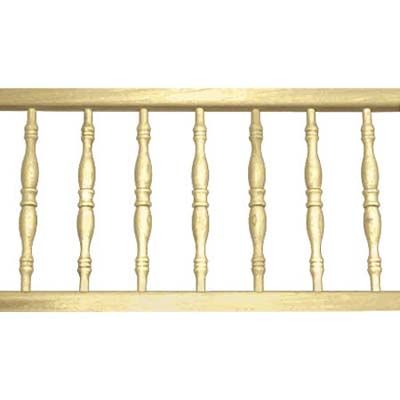
Turned spindles in cedar harmonize with the porch columns. This architectural element adds both safety and style to the porch, enhancing the home’s Victorian character. Using cedar ensures durability while maintaining the authentic look of the period. Additional railings or fretwork with similar design motifs can further enrich the visual appeal.
Finishing Touches: Shingle Siding
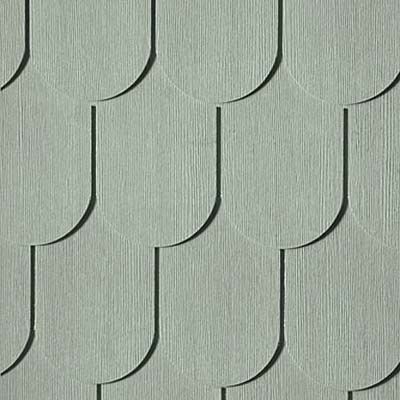
These weatherproof half-rounds from James Hardie are Victorian classics. While traditional wood shingles require significant maintenance, modern materials such as these offer the same aesthetic with improved durability and weather resistance. This allows you to achieve the desired look without compromising on practicality. Ensuring these materials match the home’s historical design helps maintain the architectural consistency of a Folk Victorian home.
Our Conclusion
Updating a Folk Victorian home requires a delicate balance between preserving historical integrity and incorporating modern improvements. By focusing on period-appropriate details such as slender porch columns, decorative shingles, and carefully chosen paint colors, you can enhance your property’s charm and value. With thoughtful planning and execution, it’s possible to create a home that honors its Victorian heritage while meeting the needs of contemporary living. Restoring such a home is a rewarding endeavor that results in a unique, beautiful residence rich in historical significance and modern comfort.
